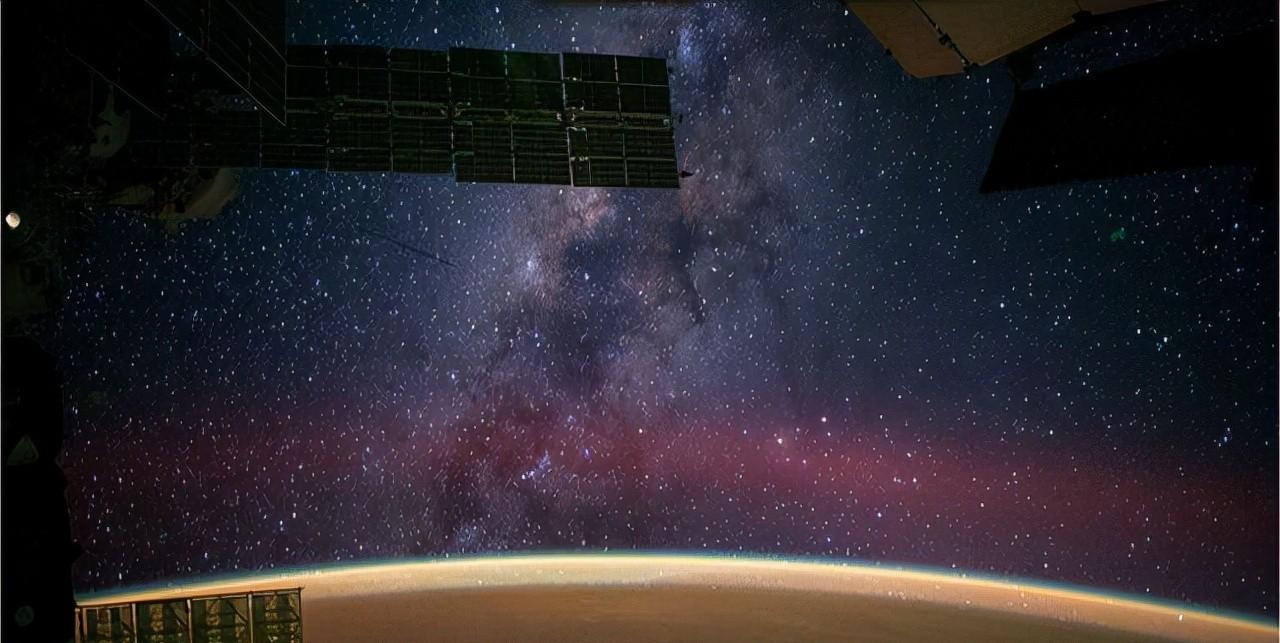
The vastness of the universe
The vastness of the universe is unimaginable to ordinary people. At the same time, it is also a cosmic space composed of multi-orbital coexistence.
The Earth we live on is an ordinary planet around the Sun. And the sun itself is nothing more than an ordinary star in the solar system. The solar system is again part of the Milky Way.
After sorting out this simple relationship, let's look at a set of important and interesting numbers about the interstellar universe to explore the relationship and mystery between the interstellar in the universe.
Seven little-known discoveries in science over the past 10 years
Navigation no longer relies on satellite quantum compasses to lead the secondary technological revolution
Binary neutron stars combined with the first gravitational waves proposed by Einstein
Galaxy
At the center of our milky way is a supermassive black hole. While rotating around its center, the Milky Way is also moving through an expanding universe at a speed of 514,000 miles per hour (1 mile equals 1.609 kilometers).
Even so, the time for its orbit to take 230 million years, showing how vast the universe is. The time when the solar system orbits around the center of the Milky Way is also known as the Year of the Milky Way.
If we count the galactic years, our earth has experienced a total of 18 galactic years so far.
Speaking of which, you must have a rough idea of where our Earth is in this universe.
The junction of Earth and space
Looking out from our planet, we can see countless stars in the sky. If you can drive directly to space, it will actually take only 1 hour, because space is only 100 kilometers above the earth. This line is also called the Karman Line.
The Carmen Line is recognized as the dividing line between outer space and the Earth's atmosphere and is located at an altitude of 100 kilometers. It is the boundary between the atmosphere and space recognized by the International Aviation Federation, the body responsible for international aerospace standardization and record-keeping.
Cracking the mystery code of cosmic history is in the gem that flies from the sky
The latest space telescopes are looking for intelligent life farther away from the "Trisolaran Star"
When flying to Mars became routine
At the center of the Milky Way is a huge black hole.
At the center of the Milky Way is a massive black hole, 4 million times the size of our Sun.
It's about 28,000 light-years away. Metaphorically, the black holes of the Milky Way can hold millions of Earths.
But black holes are invisible. The gravitational pull of a black hole is so great that even light cannot penetrate and leak out.
Neptune's surface wind speed is extremely high.
Neptune is one of the nine planets in the solar system, and it is also one of the most windy planets in the solar system. Winds on Neptune can reach speeds of up to 1600 miles per hour. It is about 4 light-speed hours from the Sun.
Neptune's moon Triton is one of the coldest places in the solar system. It has a surface temperature of -391 degrees Fahrenheit (32 freezing point temperatures in Fahrenheit, and 0 at Celsius).
Unfortunately, you can't find Neptune in the night sky with your naked eye, you have to use a telescope to see it.
The Milky Way is huge in diameter
The Milky Way is huge in diameter (about 621,000,000,000,000,000,000 miles). If measured at the speed of light, it would take about 100,000 light-years to cross the Milky Way.
Relatively speaking, our Planet's equator is only 7926 miles in diameter.